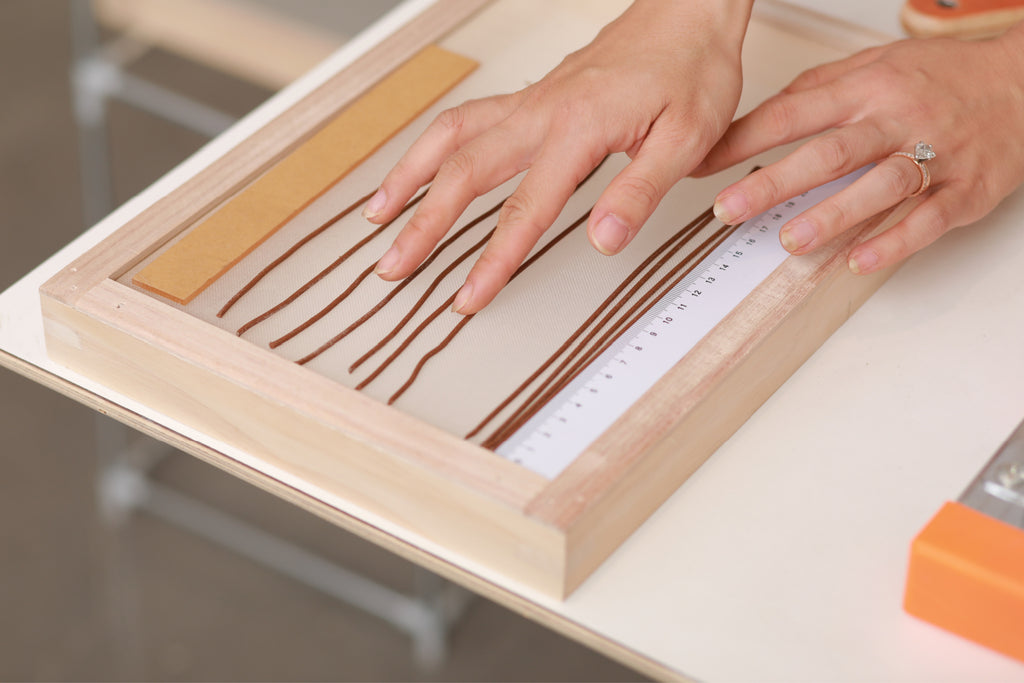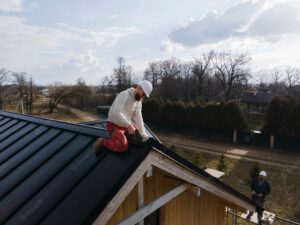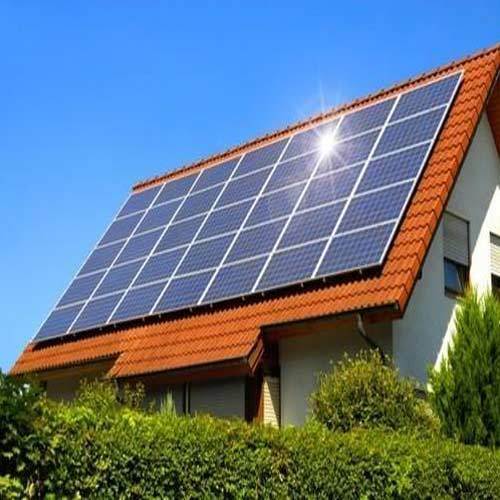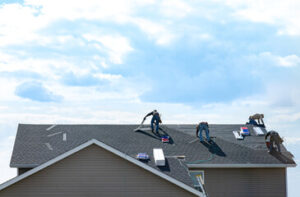Perth Detailer operate buffers, steamers, hoses, vacuums, and other equipment to clean vehicles according to client or company specifications. They may perform more intensive cleaning jobs like hand washing or deodorizing interiors.
Decontamination is the first step to a thorough cleaning. This chemical and physical process removes bound contaminants, such as tar or iron fallout, leaving surfaces smooth and ready for paintwork.
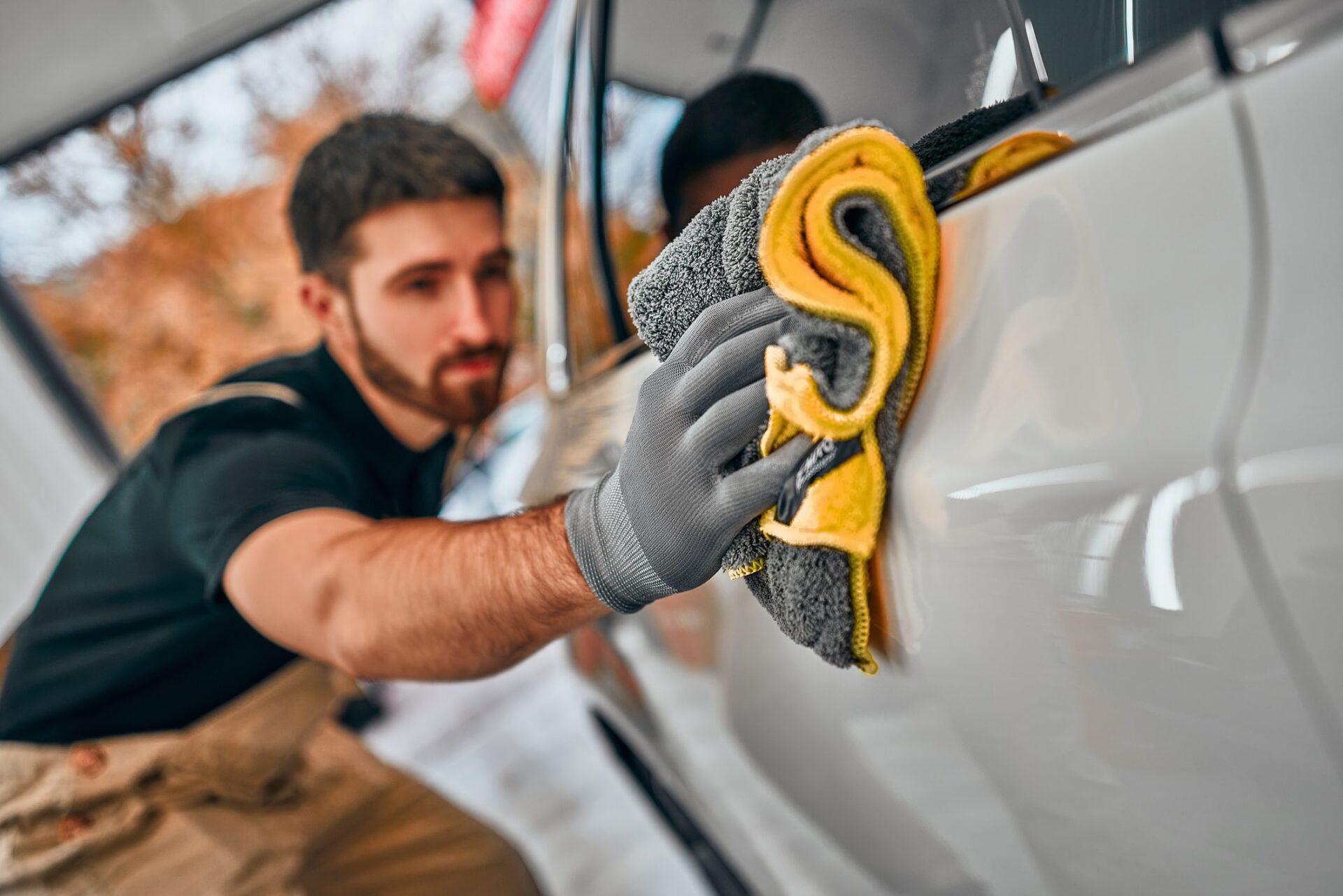
Paint correction permanently removes imperfections from a vehicle’s surface via machine abrasion. This process allows a professional detailer to restore a vehicle’s finish to a “better than new” condition. It’s a time-consuming and expensive service, but it can dramatically improve the vehicle’s appearance and raise its resale value.
During the paint correction process, a detailer will use various compounds and pads to eliminate surface defects such as swirl marks, hazing, water spots, bird-dropping etching, and fine scratches. They will start with the least abrasive compound and pad, then gradually increase the level of aggression. This is done to find the perfect combination that removes the greatest number of defects with the least clear coat.
Once the paint is corrected, a detailer will polish the surface to add brilliance and shine. This will also soften the remaining scratches and blemishes. Then, they will apply a wax or sealant to protect the newly corrected paintwork from future damage.
If you don’t have the budget for paint correction, your detailer may offer a cheaper alternative called paint enhancement. This is the same as paint correction, except it doesn’t remove the scratches; it only masks them with fillers. The problem with this is that the fillers will wear off over time, revealing the original scratches.
Car detailers need to be able to explain the different services they offer in a way that is easy for clients to understand. This will help to avoid misunderstandings and disappointment. It will also allow clients to communicate their expectations, which is key to a successful detailing experience.
Paint correction is a very difficult and labor-intensive task that requires expert knowledge, specialized tools, and guaranteed quality results. This is why it’s best left to a professional detailer with the experience and equipment to produce flawless results. If you’re thinking about trying paint correction alone, you should know that it can be dangerous and costly if done incorrectly. A professional will have the proper equipment and knowledge to ensure your car gets the best results possible.
The exterior of a car comes into contact with all sorts of contaminants regularly and needs to be cleaned periodically. This is one of the main reasons why people hire a car detailer. Paint correction is time-consuming and can be very expensive for a detailer to perform without the proper equipment. It can also be dangerous if you don’t know what you’re doing. A good detailer can correct a vehicle’s paint and provide a more durable, smooth, reflective finish.
Once the paint correction process is complete, many car owners apply a sealant to protect their paint from oxidation and contaminants. These products are mostly synthetic and found in liquid form. They bond to the surface and create a protective barrier against the elements. A professional can recommend the best paint protection product for your car.
While paint sealants are less durable than ceramic coatings, they offer significant protection for the vehicle’s paint. They will protect the painted surfaces from sun fading, acid rain, bird droppings, leaves, tree sap, road grime, and other environmental contaminants for up to 10 years. They are a great alternative to wax because they won’t build up and cause haziness on the vehicle’s surface.
Unlike wax, paint sealants typically contain polymers such as Teflon (polytetrafluoroethylene) and amino silicone fluids. These unique components enable the sealant to crosslink and physically attach to the clear coat’s surface. This makes them more durable than standard silicone fluids used in wax. They also don’t flake or chip off the vehicle like a traditional wax.
When applying a paint sealant, wash the vehicle with your normal two-bucket method and spritz the surface with isopropyl alcohol (IPA). This will remove any residue from the previous product and prepare the surface for application. Once the IPA is dry, apply the sealant with a high-quality microfiber towel or applicator pad.
Once the sealant has cured, add a coat of natural carnauba wax to increase the gloss and depth of your vehicle’s paint. Carnauba waxes tend to bead water better than sealants, making the car easier to maintain.
Car detailing involves not just tending to a vehicle’s motor and mechanical maintenance but also its aesthetics. Keeping the exterior in good shape protects the paint job from weather and environmental contaminants, and waxing can help a car look newer for longer. Many detailers choose to use waxes that contain natural ingredients like beeswax and carnauba, which can withstand high temperatures. In some cases, car detailing professionals will apply more than one coat of wax to ensure that a vehicle has long-lasting protection.
Choosing the right products and using them correctly can make all the difference. When selecting a wax, a car detailer should consider the car’s finish, the manufacturer’s recommendations, and how much sheen it requires. When applying the product, the detailer must follow the instructions carefully. Some products recommend that the application be done in a circular motion, while others specify front-to-back or top-to-bottom panels. Additionally, if the car is waxed on a windy day, working in the shade rather than in open sunlight is best.
After applying a coat of wax, the detailer should allow it to dry completely before buffing it off with a microfiber towel. This step is especially crucial if the car is being polished. If the vehicle is buffed while it’s still wet, it can leave swirl marks behind that are difficult to remove. To prevent this, a detailer should always use a quality microfiber towel and buff in a linear direction.
Waxing is not only an effective way to reduce surface scratches, but it can also boost a car’s clear coat protection. Without waxing, a vehicle’s clear coat can bleach out over time and expose the paint to road salt and oxidation elements. This can damage the clear coat and paint, requiring expensive repairs or replacement.
To avoid this, a car owner should always have their vehicle waxed a few times a year. For the wax to last, however, it must be applied properly. The car should be washed only a few times a week, as this can reduce the wax’s staying power. Depending on the type of wax and the weather conditions, it may be necessary to apply another coat after six months.
Car detailers clean the interior of vehicles to remove surface-level dirt and debris, refresh upholstery, eliminate odors, and create a polished look. They may use specialized products for leather interiors, which require conditioning to prevent cracking and to maintain a soft feel. They also wash and vacuum carpets, sanitize cup holders, door pockets, and floor mats, and apply cleaning and restoration agents. They may also shampoo, steam clean interior surfaces, and vacuum exterior trim and tires to remove dust, dirt, and road grime. They inspect vehicles for additional cosmetic needs and report any malfunction or damage to the mechanic or manager.
They clean the windshield, windows, and side mirrors of cars to improve visibility and safety. They may also clean the inside of the car’s trunk, hood, and engine compartment to remove trash, dirt, oily buildup, and bird droppings. They may also clean the wheels and tire trim to preserve a polished look. They also clean and polish headlights, windshield wipers, driver’s seat, steering wheel, and floorboards.
Car detailers must have excellent customer service, communication, and interpersonal skills to perform their job. They must be able to follow written and verbal instructions, be attentive to customers’ questions, and be physically fit to stand for long periods. They must be proficient in using various cleaning tools, including pressure washers, hoses, buffers, steamers, and vacuums. They also need to know how to operate these machines safely and efficiently. Additional qualifications include attention to detail, patience, hand-eye coordination, physical stamina, and working alone. Applicants should be willing to work weekends and holidays, too. They should also be willing to participate in training and certification programs, meet productivity goals, and maintain high customer satisfaction.

